A natural cave in the dolomite rock of Gellért Hill is home to the Cave Church. The church, sometimes referred to as Rock Church, is dedicated to St. Gellért, a Hungarian martyr who died nearby in 1046.
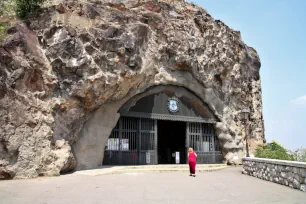
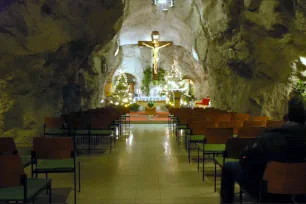
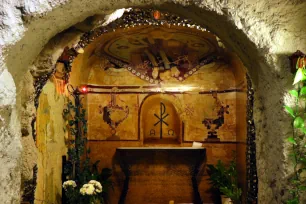
The idea of creating a church in a cave can be traced back to 1924, when a group of Hungarians visited the grotto of Lourdes, a pilgrimage destination in France. In 1926 work started on the conversion of the cave into a chapel under the guidance of the Hungarian architect Kálmán Lux. The chapel was completed in 1931.
The Cave
The cave was formed thanks to a layer of limestone inside the giant dolomite rock that over time was eroded by water that seeped trough, creating a large cave. It was further enlarged during the construction of the chapel.
Before its conversion into a chapel and later into a church, the cave was inhabited several times. Saint Iván, a hermit, is said to have lived here in the 9th century, and people dwelled here until the early twentieth century. The conditions were ideal for living, with a constant temperature of around 20 degrees Celsius and access to fresh water from a natural spring.
The cave now consists of two different parts, one is known as the St. Iván Cave, the other is called Lourdes Cave.
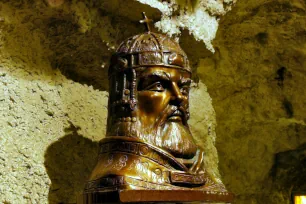
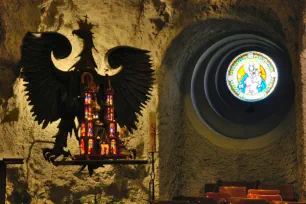
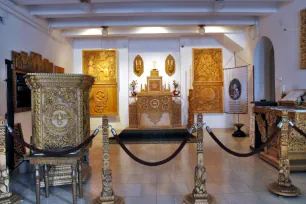
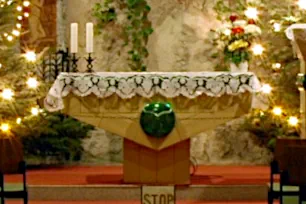
The Paulines
The church is managed by members of the Pauline order, the only male religious order native to Hungary. The Pauline order was founded in 1250 by Eusebius of Esztergom, a hermit.
In 1783 the order was suppressed in Hungary by Joseph II, Emperor of Austria and King of Hungary. In 1934 a group of Pauline monks returned to Hungary from Poland, where the Paulines lived in exile. They settled in a nearby monastery and conducted masses at the new Cave Church.
In 1951 however, the church was closed by the Communists and the monks were accused of treason. In 1989, after the fall of Communism, the church reopened. The concrete wall that blocked the entrance was demolished in 1992.
The Church
Inside, the rock wall of the church and the dim lighting create an eerie atmosphere. Some notable artifacts include a Polish eagle with a replica of the Black Madonna of Częstochowa, a beautiful carved pulpit and altar, a bust of St. István (Stephen), a fresco of Christ and a work created by Maximilian Kolbe, a monk who died in Auschwitz. The altar with pyrogranite ceramics in the main sanctuary was created in 1989 by Sikota Győző in typical Zsolnay tradition with eosin glazing.
Statue of King Stephen
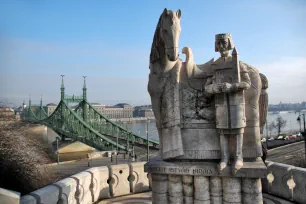
Just outside the entrance to the church, on the south slope of Gellért Hill, stands the Szent István-szobor, a stone statue of St. Stephen that was created in 2001 by Pál Kő. It depicts the saint, who was the first king of Hungary, standing aside his horse and holding a model of a Romanesque church in his hands.
Another, more ornate statue of King Stephen, created one hundred years earlier, stands in the Castle District near the Fisherman’s Bastion, just outside the Matthias Church.

